
Humans Evolved to Exercise
Unlike our ape cousins, humans require high levels of physical activity to be healthy
Recommendation
Recent studies in the development of human physiology show that exercise is an evolutionary necessity rather than just a “nice to have.” It is therefore also one of the traits that sets humans apart from their closest relatives, the apes, who live a largely sedentary life without any adverse effects on their health. Herman Pontzer, associate professor for evolutionary anthropology at Duke University, found that human beings’ time as hunters and gatherers is hardwired into their bodies and impacts their brain, immune and nervous system. This well-written and informative article shows that, without a significant amount of physical activity, humans will never be able to function at their optimum level. The article will benefit anyone concerned with human health and lifestyle.
Summary
About the Author
Herman Pontzer is an associate professor of evolutionary anthropology at Duke University. He studies how evolution has shaped human physiology and health.


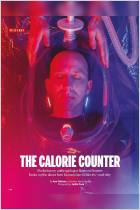
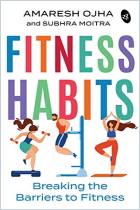
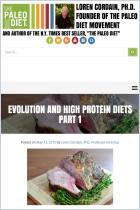
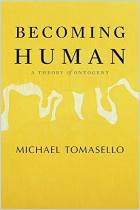

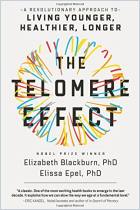
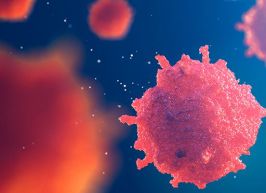
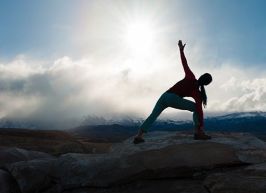






Comment on this summary